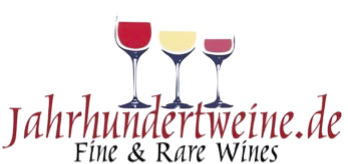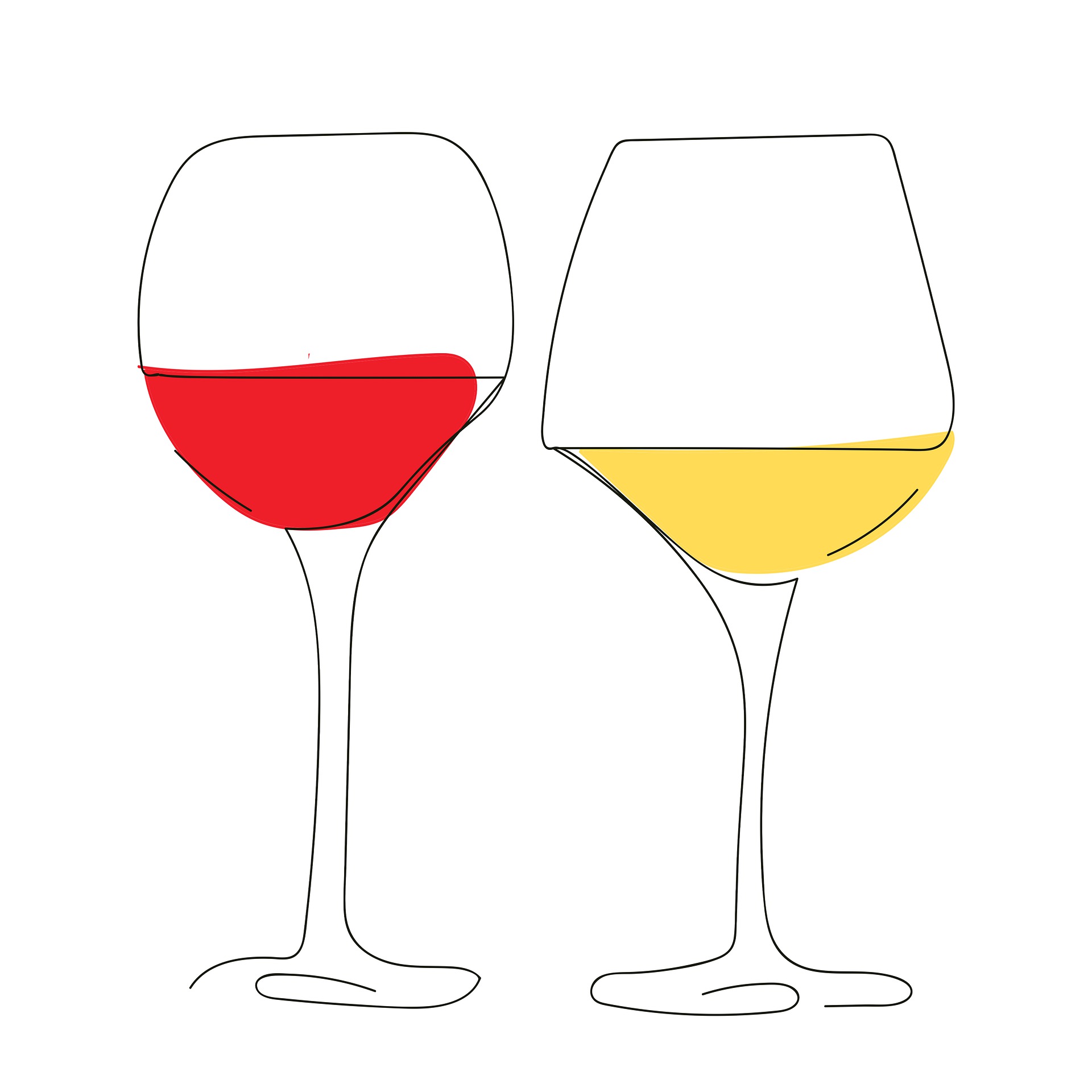Forstmeister Geltz-Zilliken - Saarburger Rausch Riesling Auslese 2010
€65.00*
Contents:
0.75 Liter
(€86.67* / 1 Liter)
11 Available immediately
Product number:
JHW-20687
Filling level into neck, label and capsule very good.
Product information
- Parker: Figure on a good four decades of high-quality life. Zilliken's 2010 Saarburger Rausch Riesling Auslese gold capsule A.P. #4 was, he assures me, rendered in a volume closer to what would associate in normal years with a Spatlese than with even a regular Auslese. "Here there was a lot more botrytis, yet the fruit was lower in acidity" than for the "regular" Auslese, he notes by way of among other things explaining this wine's caramel overtones and creaminess of texture. The nobly fungal, carnal, and musky notes that characterised the A.P. #5 are present here in spades, another obvious legacy of its advanced botrytization. Ennobled richness of caramelised peach and mango; concentrated lime and pink grapefruit; honeysuckle, rowan and orange blossom; as well as creamy and caressing textural allure improbable for this vintage (and given what is still extremely high acidity) are here allied to the sort of transparency to stony, saline, smoky, and crystalline nuances that was otherwise achieved in the present collection only "way back" with the Spatlese A.P. #8 This finishes with a shimmering cascade of fruit essences and mineral matter. I imagine it will dazzle over the next half century. Hanno and Dorothee Zilliken's 2010 collection has served for some controversy in that they not only - like Schaefers in Graach - adopted the minority position that de-acidification should be to wine, not must, but also - in this respect unlike Schaefers - performed acid-adjustments throughout their residually sweet line-up. Not that the extreme nature of what they eventually bottled could possibly fail in itself to raise eyebrows. To declare myself up front (not that this isn't evident from my scores!): I found this year's collection chez Zilliken utterly awesome and cannot imagine that somehow seeds of early decline or subsequent disappointment are harboured in any of these wines on account of their levels of acid having been trimmed from the perilous heights where nature had left them. The view is dizzying enough (as befits the name "Rausch") at the altitudes Hanno Zilliken chose for these Rieslings' flight paths. "It was the tiny, millerandaged berries with their thick skins and the extreme, protracted shriveling by wind and botrytis that characterised this vintage and that concentrated everything in the grapes including ripe acidity. But even such high extract and ripeness," insists Zilliken, "often wouldn't have sufficed to achieve balance. Maybe in their youth, but once the baby fat was gone the acids would have come through too aggressively." He grants, though, that experience with acid levels as high as these was formerly confined to unripe vintages (such as several he suffered through when he took over his family's estate in the 1980s) or Eiswein. "If you're talking about a half a gram or one gram of acid adjustment, you're talking there about 50 or 100 litres of totally de-acidified and filtered wine blended back into a thousand litre fuder, and I just don't see any danger. For the first two weeks, all we did was seek- and pick-out shriveled material," narrates Zilliken, who when I ask him about his "main harvest," replies, laughing: "What harvest? There really wasn't much left to do after that! But those grapes that did remain healthy and green were incredibly stable. We let them hang and then picked them at the very end for our dry wines which we didn't de-acidify. There was no Q.b.A., Kabinett, or Spatlese (he means by must weight): Auslese was the least that we harvested. After the 2005s," Zilliken sums-up, "we thought we could never again see such a vintage of superlatives; yet 2010 in some ways begins where 2005 left off." Only in Pradikat-labelling did this differ from previous top Zilliken collections. Waiting for Eiswein was judged a fool's errand since Eiswein-like concentration and acidity pervaded the lot, which in turn, Zilliken thought, kept any from having genuine B.A. or T.B.A. character. An "I-don't-know-how-they-did-it, but" feeling accompanied me as I toured what this estate had wrought in 2010. 97/100
-- Gerstl: The fragrance is amazingly delicate, fine, crystal-clear botrytis, marvellous honey notes, ripe tropical fruits in abundance, a fragrance of intoxicating complexity. On the palate, too, the wine seems infinitely fine, despite its monumental power, how can such a monster wine be so wonderfully light-footed, concentrated power floating over the palate with such ease, how can such sensationally racy acidity be so creamy soft, this is an incredible wine, a natural wonder of a rare kind, actually a super wine, beyond description in words. There were five of us with Hanno Zilliken when we tasted this wine for the first time. There were minutes of silence before the first aaahhs and ooohhs slowly emerged. After that, everyone tried in their own way to describe the wine as accurately as possible using all kinds of superlatives. But I don't think anyone succeeded. If you want to know what this wine tastes like, you have to experience it for yourself. 20/20

|
Alcohol: | 8 |
|---|---|---|

|
Colour: | white |

|
Country: | Germany |

|
Filling quantity: | 750 ml |

|
Flavour: | sweet |

|
Grape variety: | Riesling |

|
Product type: | Wine |

|
Region: | Moselle Saar Ruwer |

|
Type of wine: | White wine |

|
Vintage: | 2010 |

|
Producer: | Forester Geltz-Zilliken |
Log in
Allergens: Sulphites
Bottler: Producer






